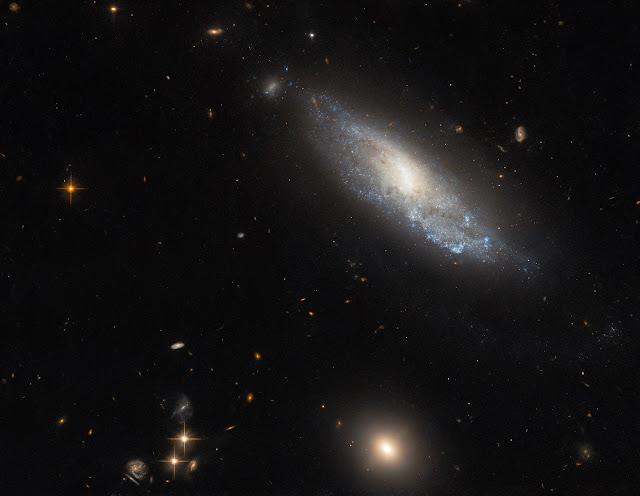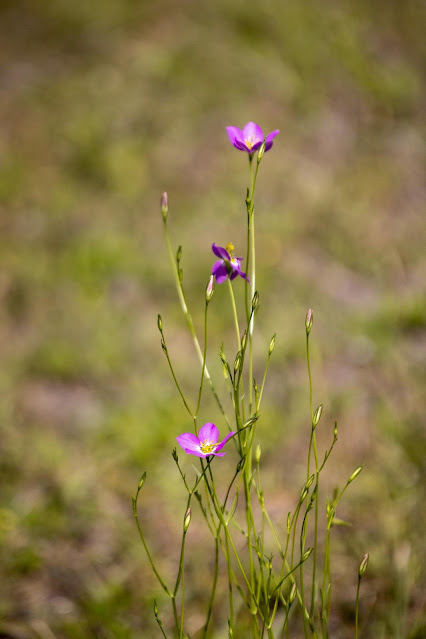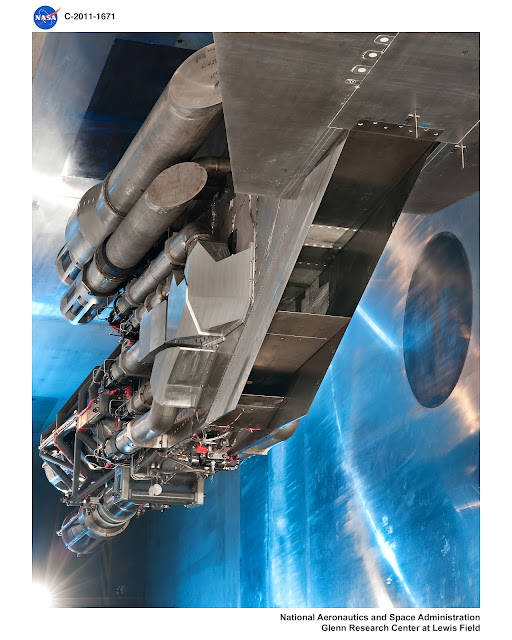NASA’s Modern History Makers: Phuong Marangoni | Artemis Program
Phuong Marangoni stands in front of a portrait wall in the Research Support Building.
“If someone told me years ago that this was where I would be, I would have never been able to even fathom it. Especially working for a project as cool as Gateway’s Power and Propulsion Element.”
Phuong Marangoni is the deputy project planning and control lead for NASA’s Power and Propulsion Element (PPE) project supporting Gateway, a cornerstone of Artemis. Managed at NASA’s Glenn Research Center in Cleveland, the PPE provides the orbiting lunar space station with power; high-rate communications; and propulsion for deep space transit, orbital transfer, and station-keeping.
Marangoni began her career as a software engineer for the Department of Defense. From there, she transitioned into a position as an acquisition manager for legacy engines and aircraft programs where she also learned about production and development of new aircraft.
“That opportunity was pivotal in my career,” said Marangoni. “I gained so much insight and knowledge into managing an aircraft program. It’s very complex.”
Since childhood, Marangoni has been acquainted with complexity in both her personal and professional life. She was born in Vietnam and immigrated to the United States with her family at a very young age. She grew up in a household that was different from other students her age, with strict parents who prioritized studying and preparing for the future.
“My family and I had humble beginnings,” said Marangoni. “We had all sorts of challenges like language, culture, and financial stability. My parents were always looking to find ways to help us continue to learn and grow. A lot of those space camps and learning opportunities outside school came with a cost that we couldn’t always afford.”
Marangoni’s parents continuously sought out opportunities to better their children’s lives. They signed their daughter up to attend a free summer program hosted by a local community college that introduced Science Technology, Engineering, and Math (STEM) to underrepresented communities.
“I loved every minute of it,” said Marangoni. “We got to simulate space missions and launch rockets. It was one of the very few, if not the only, opportunity I had that cemented my career goal to some degree.”
When choosing a career path, Marangoni was torn between her love of art and new love for STEM. She proceeded with her passion for STEM and earned a bachelor’s degree in computer engineering from Wright State University and a master’s degree in engineering management from Penn State University. After graduation, Marangoni faced the challenge of not knowing where her path could potentially take her.
“It felt like being in a thick fog with a flashlight and all you can see is a few feet in front of you and nothing beyond that,” said Marangoni. “I grew up in an environment where my surroundings were simply different, so I lacked role models I could relate to. It was hard to envision who I saw myself to be or what I wanted to do.”
She persisted, and her path ultimately led her to NASA Glenn, where she hopes to serve as a role model and inspiration for the younger generation. She encourages anyone interested in a STEM career to pursue their dream, despite any challenges they may have to overcome.
“Know that a STEM career will help you develop foundational problem-solving skills that will enable you to solve so many different types of problems,” said Marangoni. “Not just science or engineering problems, but everything else out there. The skillset will truly open so many career opportunities for you and may provide you with the flexibility to grow and pursue a career that gives you purpose.”
NASA is in a Golden Era of aeronautics and space exploration. In partnership with commercial and private businesses, NASA is currently making history with significant missions such as Artemis, X-57 Maxwell, and X-59 Quesst. The NASA’s Modern History Makers series highlights members of NASA Glenn’s workforce who make these remarkable missions possible.
Image Credit: NASA/Bridget Caswell
Caption Credit: Jacqueline Minerd, NASA’s Glenn Research Center
Release Date: May 11, 2023
#NASA #Space #Science #Earth #Moon #ArtemisProgram #Gateway #PhuongMarangoni #ComputerEngineer #Manager #Leader #WomenInSTEM #AsianAmerican #VietnameseAmerican #NASAGlenn #GlennResearchCenter #Cleveland #Ohio #UnitedStates #STEM #Education
.jpg)



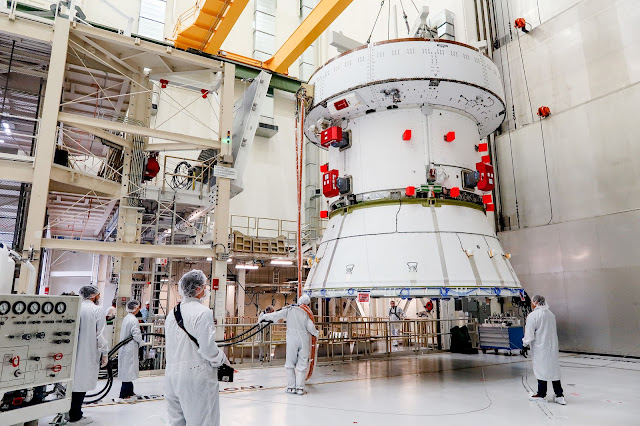



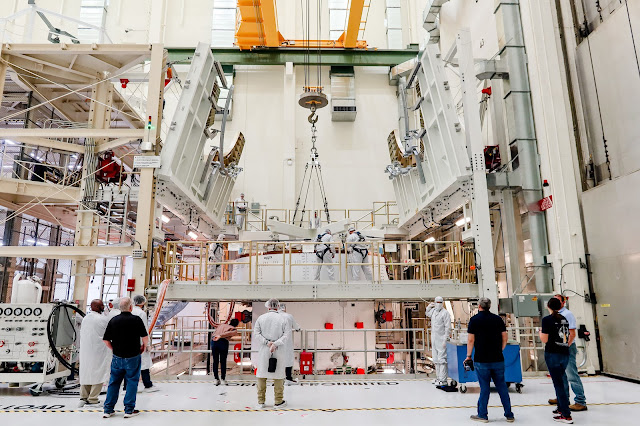
.jpg)
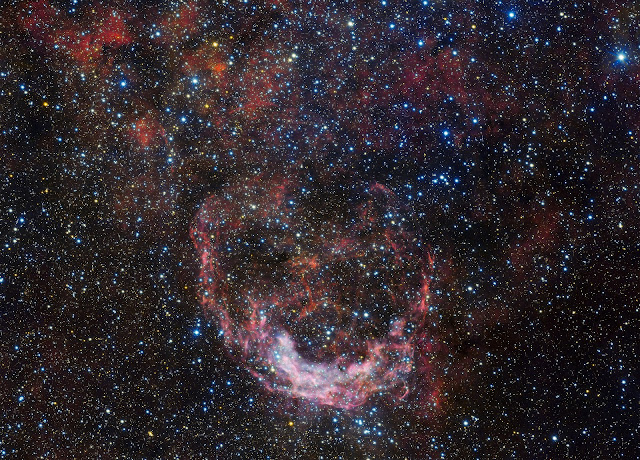

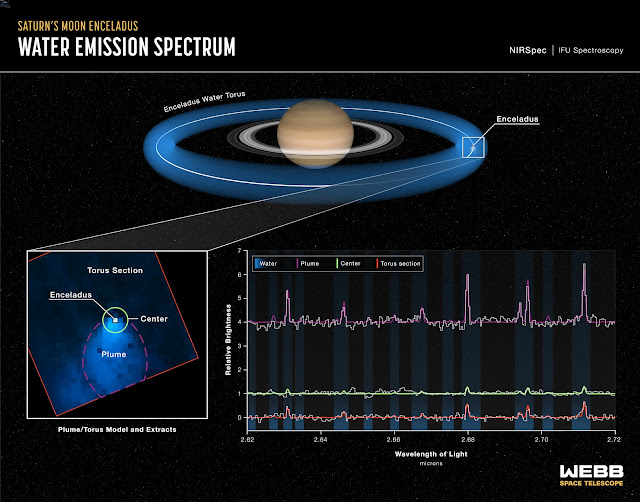
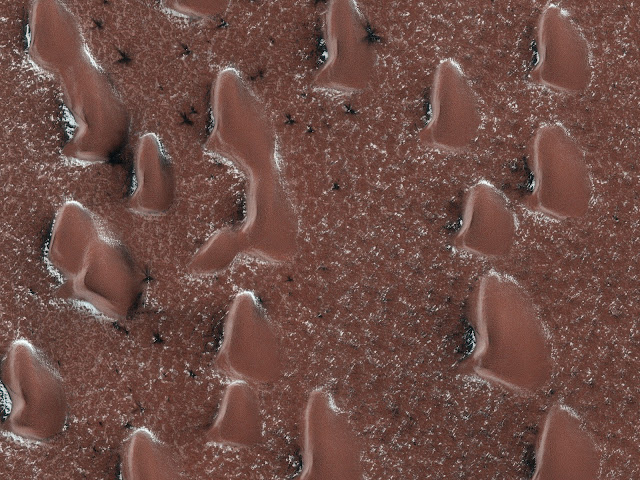

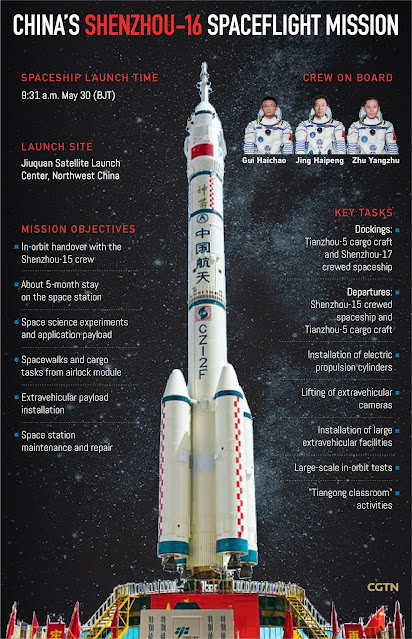


.jpg)
